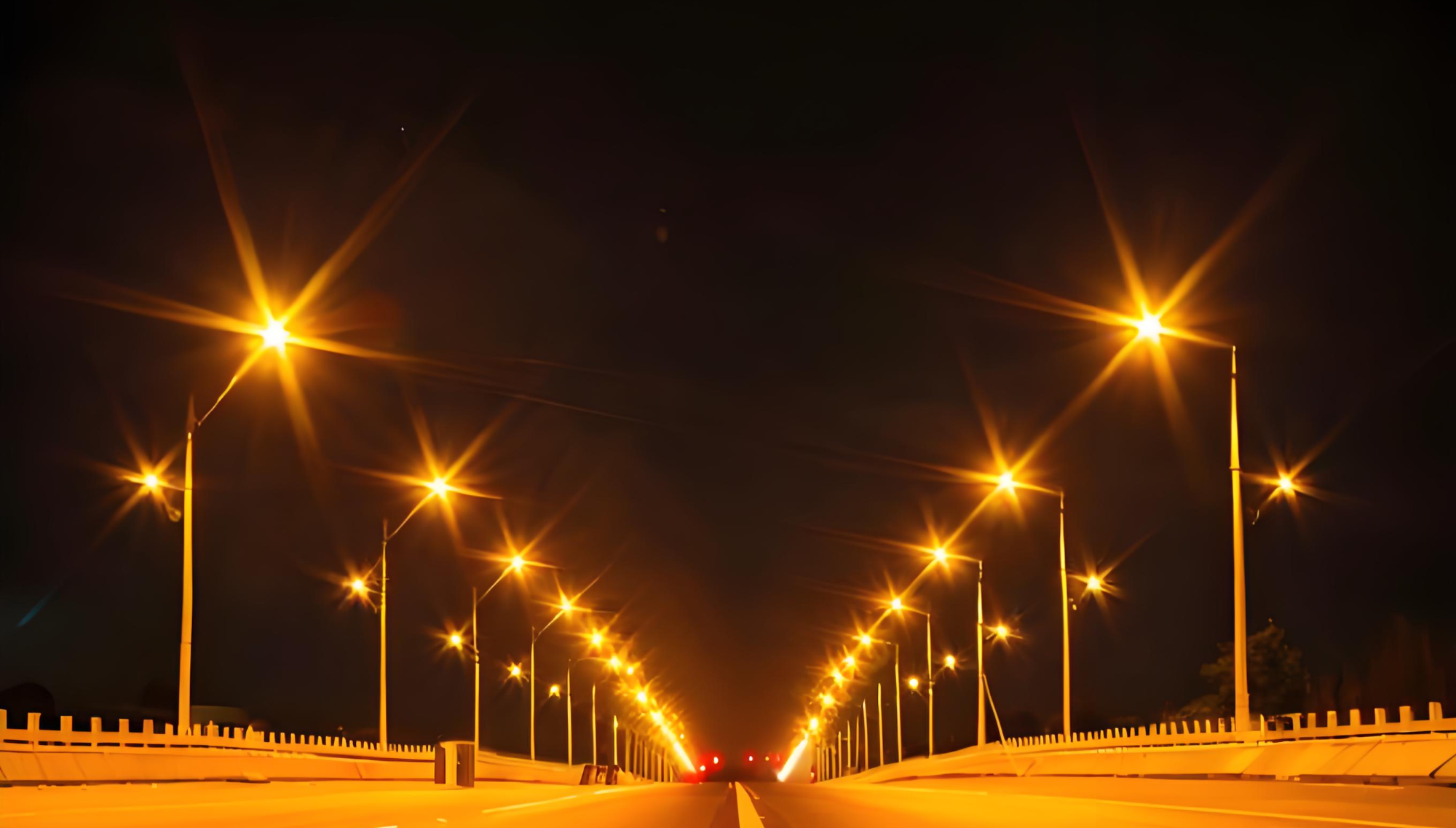Smart cities are defined by their use of technology to improve the quality of life for residents, and
smart street lighting is a cornerstone of this vision. By connecting streetlights to a centralized network, cities can gather and analyze data to optimize urban operations.
For instance, smart streetlights can monitor traffic patterns and adjust traffic signals to reduce congestion. They can also collect environmental data, such as air quality and noise levels, to help city planners address pollution and other issues. In some cases, streetlights even serve as Wi-Fi hotspots, providing internet access to underserved areas.

The data collected by smart street lighting systems can also be used to improve city services. For example, maintenance teams can receive real-time alerts about malfunctioning lights, ensuring quicker repairs. Similarly, energy usage data can help cities identify opportunities for further efficiency improvements.
As cities continue to embrace the smart city concept, smart street lighting will play a vital role in creating more connected, efficient, and livable urban spaces.


 Energy Efficiency: How Remote-Controlled Street Lights Reduce Power Consumption
Energy Efficiency: How Remote-Controlled Street Lights Reduce Power Consumption
 Remote Control vs. Manual Control of Street Lights: A Comparative Advantage Analysis
Remote Control vs. Manual Control of Street Lights: A Comparative Advantage Analysis
 Lower Maintenance Costs with Smart Street Light Monitoring
Lower Maintenance Costs with Smart Street Light Monitoring
 Enhanced Public Safety Through Intelligent Street Lighting
Enhanced Public Safety Through Intelligent Street Lighting